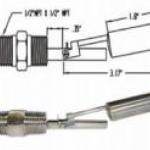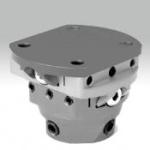This KIT is cut electrode plates,electrode separators, stainless wire to connect the electrodes, and gasket structure items ONLY and of course the instructions / plans a list of materials needed to do so. A full kit with control items is here. 5 anode and 3 double sided cathodes of a material combination designed for Urine electrolysis Requires assembly similar as shown in the Gashole Plugged video. No wiring or pumps or other plans; however it is a wet cell design which will not clog and is a low (under 40 psi) pressure type wet cell design. Easy to assemble. Wiring and plumbing is a bit more tricky.
There are two types of Hydrogen Generators - the PEM design and the Hoffman design. For more info, see - which Hydrogen Generator is best for the job ?? The PEM design uses a membrane and electronic controller - and the Hoffman design is a mechanically separated gas design. This is the Hoffman type design. It requires a balancing act to hold just enough pressure against the anode side to create pressure on the cathode - or Hydrogen producing side consistently. That is balanced against the heat of the unit - the type of elecrolyte feedstock and the power (voltage and current) one is consistently feeding the unit. To put pressure on the unit the feedstock must be pumped in under pressure similar to 45 psi. That means you need a pump and controls to control the balancing act - a regulator, pressure and float fill switch and drain and filtered return line to the main tank. None of those items are included here - only the electrode pates and separator materials and wiring to the electrodes. The plates are 8 x 4 inches and can be assembled either horizontally to make a battery case style generator or vertically to use a whole house 125 PSI capable commercially available screw together housing
You must use a high amp alternator with this kit, and actually you should have dual alternators. The reason is as explained below - is that at engine idle and slow speed driving your amperage generated by only one Alternator will drop too low to continue efficient operation of the electrolyzer Generator. In stop and go traffic - eventually Hydrogen output will fall below acceleration demand needs in terms of available gas volume and pressure. We recommend matched dual High amp alternators. Today - guys even run down batteries and blow Alternators with high amp draw stereo units. An undersized Alternator will overheat - and fail eventually very soon.
Here is the thing most people do not understand about a Hydrogen Generator. It takes about 1.2 to 1.4 volts (laboratory rating at STP) to split water. More volts is destructive to the electrolyzer if it is a theoretical 100 % efficiency unit. But to a certain level depending on the design and the liquid feedstock being used.more volts are required, most always in the real world application - but to a certain level and then to keep the electrolysis going - more amperage is what is needed - but only to a certain point as too much amperage will simply heat the feedstock to the point it may begin to boil and produce mostly steam and not Hydrogen by electrolysis. This kit allows you to monitor output of Hydrogen and its purity, and control the electrolyzer temperature by feedstock re - circulation as well as voltage and amperage fed to the unit and consumed.
To electrolyze an Alcohol (i.e. Methanol) is typically at least 50% less power (depending on concentration) or said another way it is double the Hydrogen output, and again for Urine is again about 50% less or more (i.e a Urea "salt water"). Electrolysis of Alcohol produces Carbon Dioxide - and of Urine leaves a salt precipitate and other elemental precipitates.
Thus there are a lot of design considerations that go into an electrolyzer that will dictate what pressure they can operate at, their efficiency, safety and lawfully (Carbon Dioxide - a.k.a. CO2. is a regulated Green House gas emission now)
Current
As you know, electrolyzers convert water and power (electricity) into Hydrogen and Oxygen. The interesting part is that the amount of H2 or O2 the electrolyzer generates is determined solely by the current.
This makes sense when you look at the physics of the electrolysis cell. Since current is defined as the flow of electrons (or protons) and a Hydrogen molecule is just 2 protons and 2 electrons, it follows that when you put a certain number of electrons across the membrane (current), it will generate an equivalent number of Hydrogen molecules.
The exact amount is 0.007 Liters/minute @ STP (aka standard Liters per min, or SLPM) of H2 for every Amp that is put through each cell (0.007 SLPM/A/cell) At a certain level however amperage results in increased saturation levels which results in molecular friction which shows itself as increased heat
In practice, this gives you two variables to play with: Current and Number of Cells. For example. If you wanted 7 SLPM of H2 you could design a single cell eletrolyzer and pump 1000 A through it (0.007SLPM/A/cell * 1000A * 1 cell) or you could design one with 10 cells and only have to put 100 A through it (0.007 * 100A * 10 cells). This allows you to get a rough estimate of how many cells you might need based on the current available.
Also, since the Hydrogen and Oxygen production are dictated completely by the current, this can sometimes be a convenient way to control production rates without actually having to measure the gas production or rely on other parameters that may change with time.
Voltage
The voltage that it takes to provide this current determines the overall efficiency, and thus the amount of power (P=V*I) required to generate your Hydrogen and Oxygen.
The voltage each cell will operate at is an experimentally determined value that can vary depending on the properties of the MEA (Membrane Electrode Assembly), temperature, current density, mechanical design, etc. At any given set of conditions, an MEA (Membrane Electrode Assembly) will have a Voltage vs Current parameters (usually called an IV curve).
These curves will have lower voltages at lower current densities. This means less power per unit of gas generated. But since you are also providing less current you will have to have larger active areas and/or more cells to generate the same total amount of gas (but at a lower total power).
Basically, this means that you can achieve higher efficiencies, but it usually increases the stack costs since you have more cells and therefore more components. Of course, some systems can call for higher stack costs because it results in lower overall system costs (or mass) by allowing you to use convenient, lower cost power supplies, fewer solar panels, etc.
There are of course many other factors that go into the proper selection for an Electrolyzer..
This is a custom part upon ordering is not refundable nor will be returnable.
It is an Onboard Generator hydrogen gas-from-water generator by electrolyzer technology to fit onboard a vehicle so you can add hydrogen gas into your engine without hydrogen gas storage tanks. It is a mechanical separation of the gas design and not a PEM design.
This will reduce your emissions and fuel costs plus extend your mileage with more onboard autonomy.
.This item is sold outright and may be used as you see fit. We will not however, assist with unlawful or dangerous implementations of this product. The design is such that you can maintain and repair it yourself at any time
This an a la carte option and does not include, tank, plumbing, design instructions, pump, hoses, or other sensors. The generator is what you assemble as a KIT only. This generator puts out so much gas you will need at the very least a mixer metering system.
This is a custom part - kit upon ordering is not refundable nor will be returnable.
Custom order approximately one week lead time
INCLUDES
1. Electrode plates, separation netting and electrode mount materials as are required (200 sq inches - enough surface area in size to produce 3 Liters per Minute))
2. NOT INCLUDED - external housing or electronic controls or switching apparatuses - you can buy your own parts and / or choose from three options you can use or build or order those item separately. Recommended - build a housing that replaces the vehicle battery - and relocate it to the trunk area
3. Complete instructions on how to build the item and use it on an Internal combustion engine
UC_Image
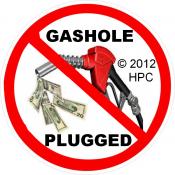

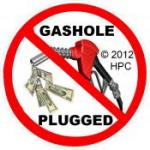
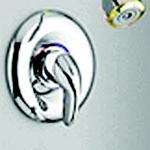
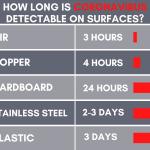 ,
,  ,
, 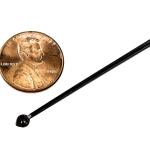 ,
, 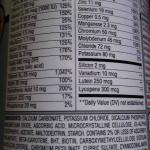 ,
,  ,
, 
 ,
, 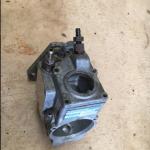 ,
, 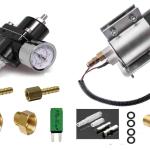

 ,
, 



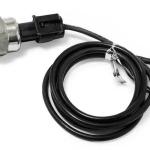
 ,
, 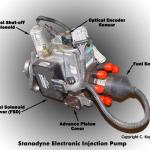 ,
, 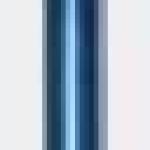
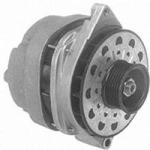 ,
, 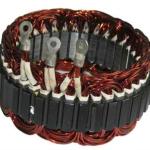 ,
, 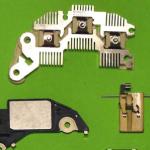
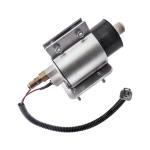
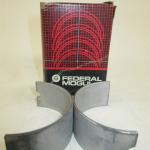
 ,
,  ,
, 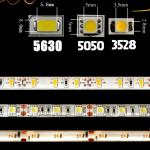 ,
, 
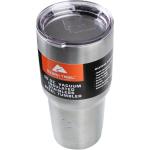



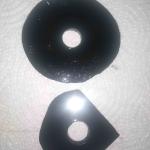 ,
,  ,
,  ,
,  ,
, 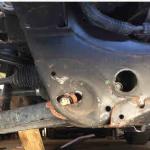

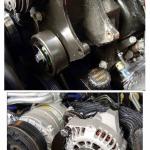 ,
,  ,
, 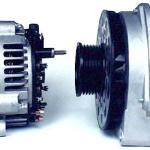 ,
,  ,
, 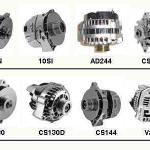

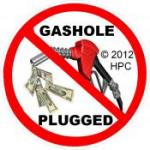



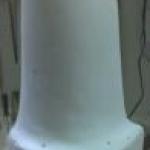

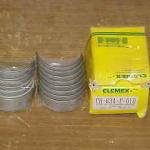
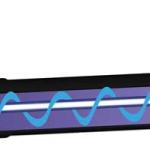

 ,
, 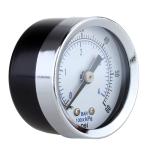
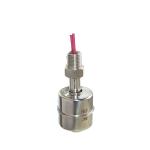
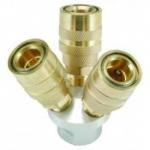
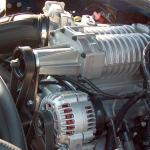 ,
, 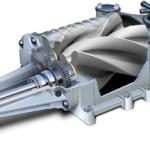 ,
,  ,
, 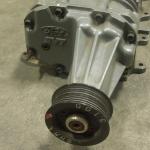 ,
, 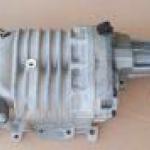 ,
, 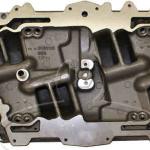
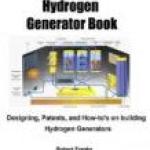
 ,
,  ,
, 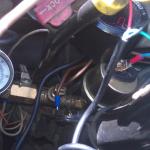
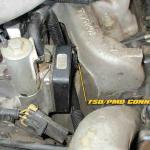 ,
,  ,
,  ,
, 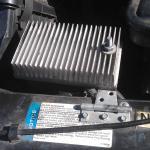 ,
, 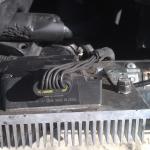



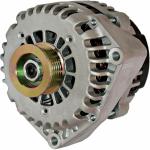 ,
, 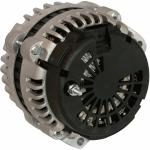 ,
,  ,
, 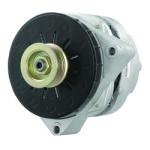
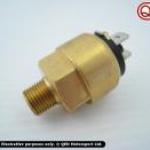


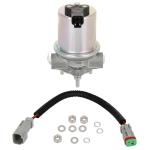
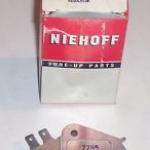
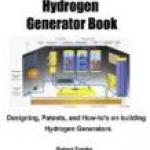
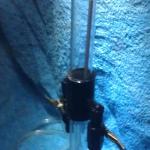 ,
, 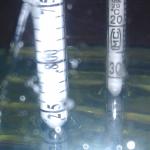 ,
, 

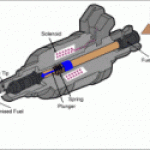
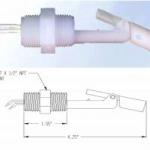



 ,
, 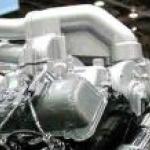 ,
, 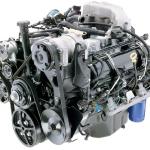

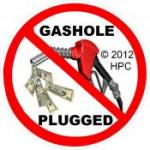
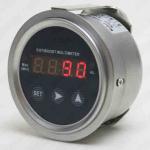



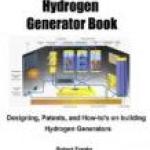



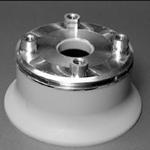

 ,
, 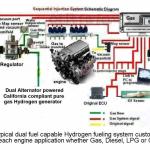 ,
,  ,
, 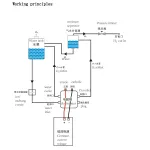


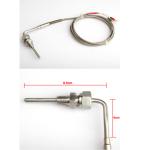
 ,
, 